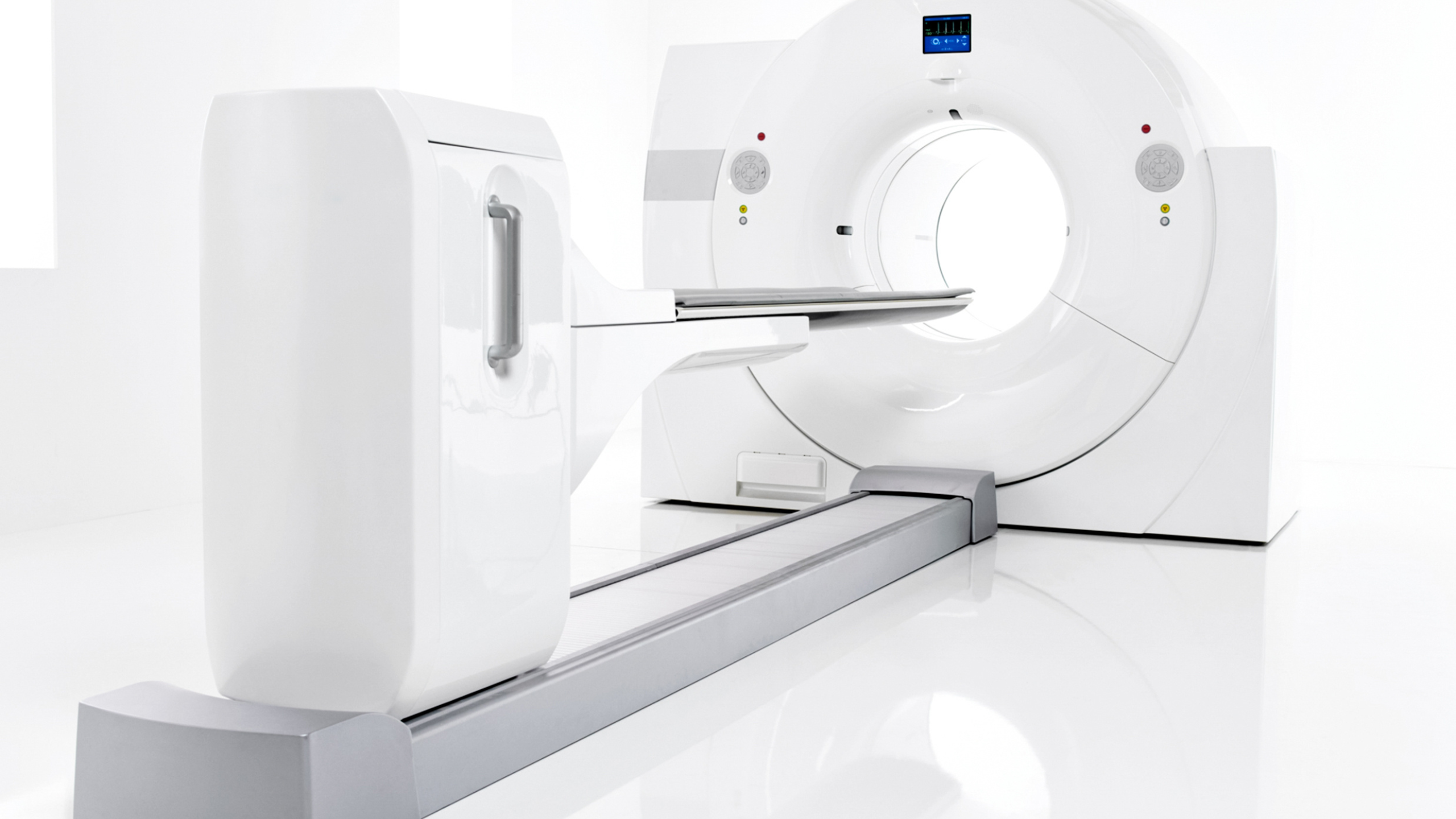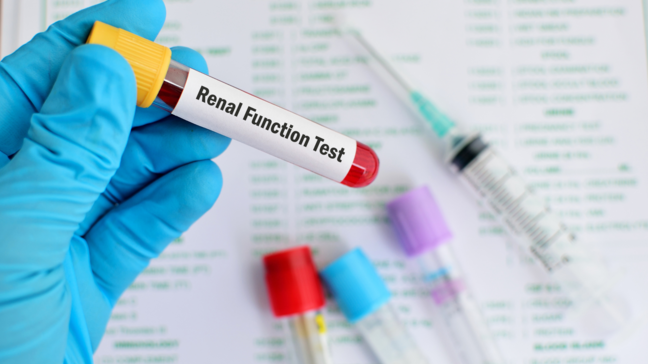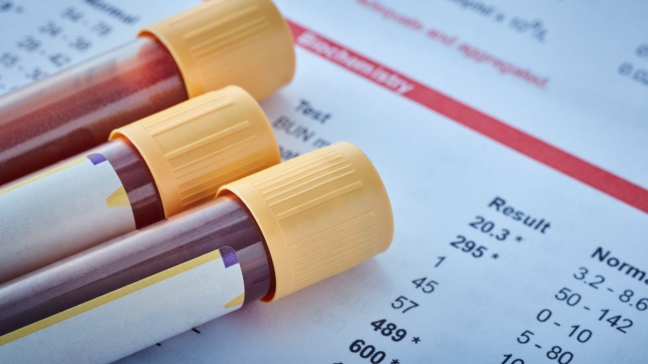
Computed Tomography (CT) in Urology
When is a CT scan performed in urology?
- Kidney stones and urinary obstruction: A non-contrast CT can be used as an additional measure to detect kidney stones and assess urinary flow disorders.
- Tumor diagnostics and staging: Contrast-enhanced CT is used to diagnose urogenital tumors such as renal cell carcinoma, urothelial carcinoma, and testicular tumors, and to assess their spread.
- Trauma diagnostics: In cases of injuries to the kidneys or upper urinary tract, CT provides valuable information about the extent of the damage.
- Vascular imaging: CT angiography can provide detailed images of abdominal vessels, which is relevant for planning surgical interventions.
How does a CT scan work?
1. Preparation: In many cases, no special preparation is necessary. If a contrast agent is used, the patient should drink plenty beforehand and possibly remain fasting.
2. Procedure: The patient lies on a movable table that slowly passes through the CT machine. During this time, X-ray images are taken from different angles.
3. Duration: The examination usually only takes a few minutes and is completely painless.
4. After the examination: If a contrast agent was given, one should drink a lot afterward to quickly flush it out of the body.
Is a CT scan safe?
A CT scan uses X-rays, which are applied in higher doses than in a normal X-ray. However, the radiation exposure is kept as low as possible. The doctor will carefully consider the necessity of a CT to ensure the best possible benefit for the patient.



